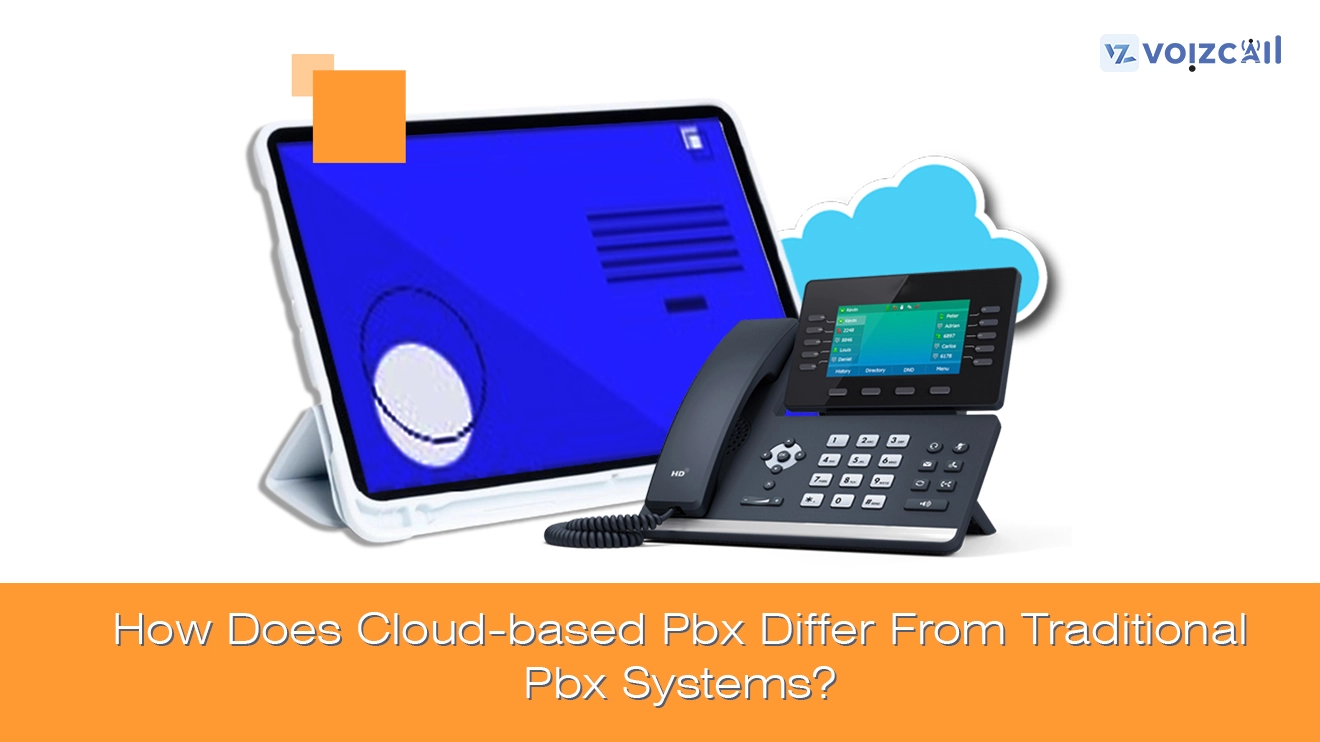


29/Jan/2024
The evolution of telephony has given rise to two main systems: traditional Private Branch Exchange (PBX) and its contemporary counterpart, Cloud-based PBX. Understanding the differences between these systems is crucial for businesses seeking efficient communication solutions.
Traditional PBX:
1.On-Site Infrastructure: Traditional PBX systems require physical hardware installed on-site. This includes telephone lines, switches, and a dedicated room to house the equipment.
2. Limited Scalability: Expanding a traditional PBX system often involves substantial costs and infrastructure changes. Businesses must invest in additional hardware and potentially face downtime during the expansion process.
3. High Maintenance Costs: Maintenance and upgrades for traditional PBX systems can be expensive. Any issues or updates necessitate on-site technicians, contributing to higher ongoing costs.
Cloud-based PBX:
1. Virtual Infrastructure: Cloud-based PBX operates in the cloud, eliminating the need for on-site hardware. All functionalities, including call routing and voicemail, are managed virtually.
2. Scalability and Flexibility: Cloud-based PBX offers unparalleled scalability. Businesses can easily add or remove lines and features as needed without significant infrastructure changes, providing flexibility for growth.
3. Cost-Efficiency: With no need for physical hardware on-site and simplified maintenance, cloud-based PBX is cost-effective. Businesses pay for the services they use, and updates can be implemented seamlessly without major disruptions.
4. Remote Accessibility: Cloud-based PBX allows users to access the system from anywhere with an internet connection. This feature is particularly beneficial for businesses with remote or distributed teams.
5. Advanced Features: Cloud-based PBX often comes with advanced features such as auto-attendants, voicemail-to-email, and analytics. These features enhance communication efficiency and provide a modern user experience.
Conclusion:
While traditional PBX systems have been a staple in the business world, the shift to cloud-based PBX represents a leap forward in terms of flexibility, scalability, and cost-efficiency. Embracing the cloud allows businesses to adapt to changing communication needs swiftly and enhances overall agility in an ever-evolving technological landscape.